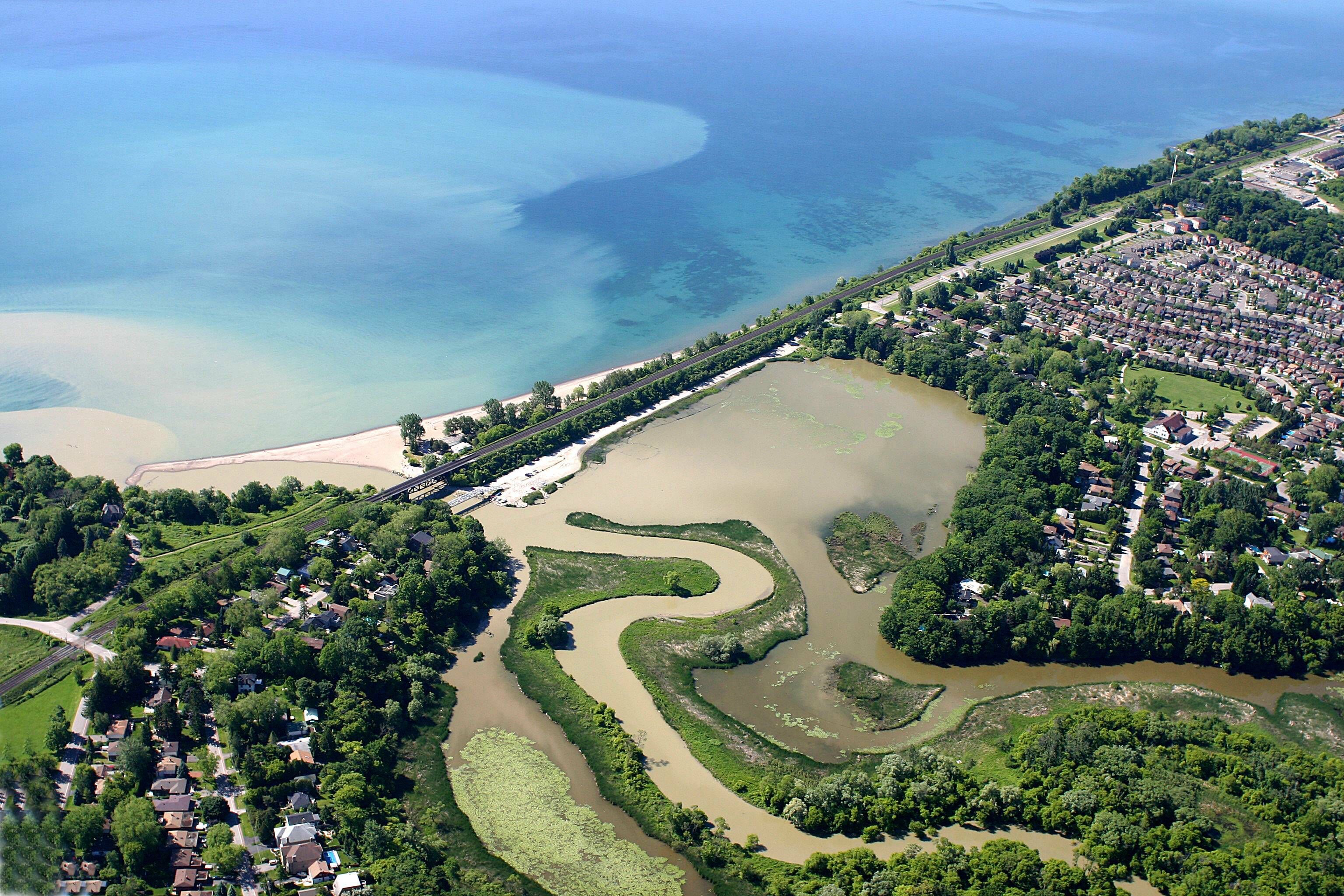Integrated Watershed Management and the Great Lakes
What we do in Ontario’s watersheds impacts the health and sustainability of the Great Lakes and St. Lawrence River basin. Upstream activities and conditions such as urbanization, increased water uses, pollution and stormwater runoff affect water quantity and water quality downstream. The benefit of using an integrated watershed management approach is that it allows us to address a wide variety of connected issues with strategies and plans that are developed in relation to each other.
Conservation Authorities use an Integrated Watershed Management Approach which requires:
Learn about our local watersheds, their physical characteristics, how they function and what kind of land uses are currently underway, and the current state of local water and land resources
Identify critical issues such as drought, flooding, poor water quality, climate change impacts and rapid urbanization
Collaboratively develop interrelated strategies and plans such as source protection plans, natural heritage strategies and climate change strategies
Collaboratively implement local actions such as water conservation, stewardship, rural water quality programs and green infrastructure/low impact development
Monitor and report on progress
Update plans and strategies as required
